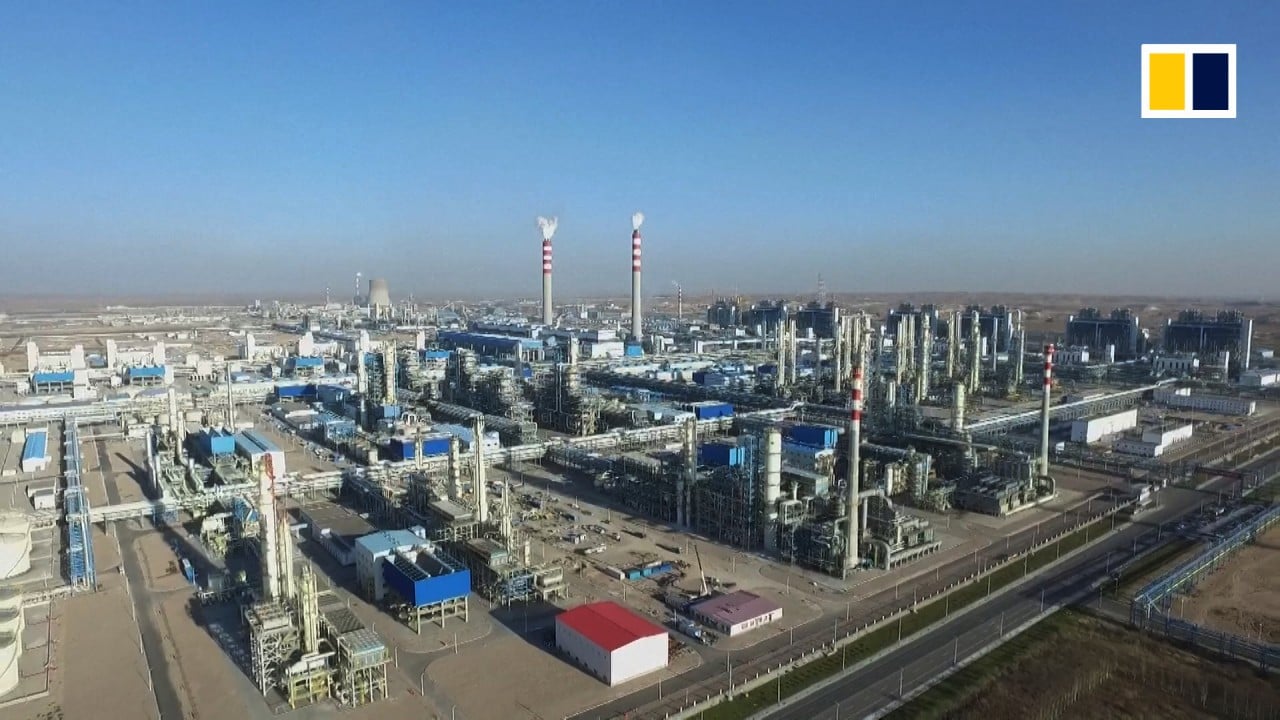
Asia’s renewable energy push is a bright spot amid coronavirus gloom
- With solar and wind power now cheaper than coal and technical problems such as intermittency being solved, investing in renewable energy makes economic sense
- Taiwan’s wind energy development and China and India’s solar energy initiatives are encouraging examples
Important to the transition to a low-carbon future is the idea of energy system optimisation, where a suite of alternatives – nuclear, large hydro, small hydro, onshore wind, offshore wind, storage, energy efficiency, demand response, transmission, and other types of balancing resources – are used in concert to create a cleaner grid than relying on coal, which is still Asia’s largest fuel source for electricity.

02:52
How does China generate its energy?
Coastal Asia is a promising area for offshore wind. Because the wind blows day and night, offshore wind provides so-called intermittent baseload power, with fewer interruptions than onshore wind or solar.
Taiwan is developing its offshore wind capacity faster than anywhere else in Asia and has become a sought-after market for the world’s top offshore wind developers. It awarded Danish wind power giant Ørsted the right to connect 900 megawatts of offshore wind to Taiwan’s grid, as part of the 2.4 gigawatt Greater Changhua project.
The projects should be completed in 2021 and will provide enough green power to supply 1 million Taiwanese homes. Taiwan’s wind buildout is creating local jobs and building renewable energy human capital along the offshore wind supply chain.

China’s renewable energy generation capacity stood at 10.1 per cent of total, with wind accounting for 5.5 per cent, solar photovoltaic 3.1 per cent, and biomass making up the balance. Hydro adds another 17.8 per cent.

00:49
Chinese truck makes dramatic delivery of huge wind turbine blade
A third bright spot is India’s solar buildout. Though India, the world’s third-largest carbon dioxide emitter, is still dependent on coal to keep the lights on, Indian Prime Minister Narendra Modi has plans to build 450 gigawatts of renewable energy installed capacity by 2030, a fivefold increase.
The 2.3 gigawatt Bhadla Solar Park in Rajasthan is the world’s largest to date, roughly equivalent to the power produced by two nuclear power plants. Altogether, India’s nine ultra-mega solar projects account for 14.6 gigawatts of low-cost solar capacity.
It’s good to see the positive change and feel the urgency even in the midst of the Covid-19 pandemic, but we are still in the early years of the greatest battle of our era, that of limiting the worst effects of climate change.
Jill R. Baker is an adjunct fellow at the Asia Business Council

